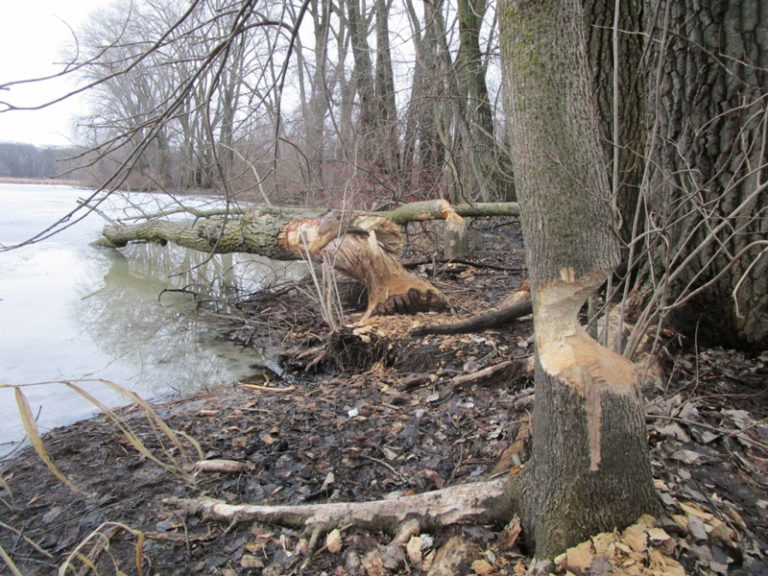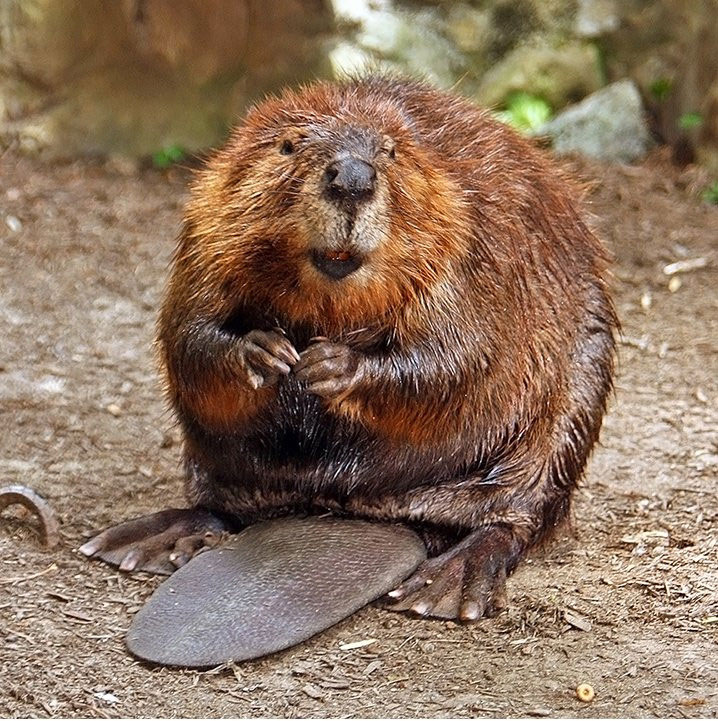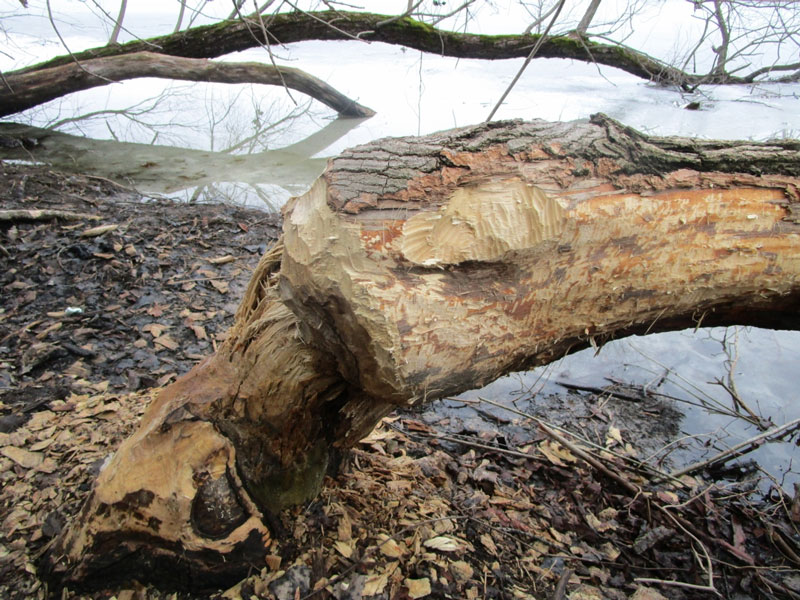
By Kathlean Wolf
Wild Warner
Does Warner Park have a beaver problem? Or do beavers have a people problem? In late May, this debate came to a head after a Northside resident discovered that the Madison Parks Department had contracted with trappers to remove beavers from Warner Park. On April 4, Wild Warner invited Assistant Parks Superintendent Charlie Romines to come discuss the beaver issue with the community. Residents dismayed with the seemingly inhumane destruction of beavers had a chance to ask questions of Mr. Romines and Wild Warner board members; while no formal decisions were made, raising the conversation provides a great opportunity for the Northside, and Madison as a whole, to collaborate on a way to live side-by-side with our wild neighbors.
 After being driven to the brink of extinction in the 1800s, beaver populations slowly recovered and, in recent years, they’ve recolonized much of their old territory — including cities like New York and Chicago. It’s no surprise, then, that habitat restoration in and around Madison has tempted these large semi-aquatic rodents back into our midst. Beavers can be wonderful neighbors; they play a major role in the formation of wetlands, creation of fish habitat and improvements in water quality. At the same time, a well-populated beaver lodge of up to 10 beavers has the ability to destroy every tree in the Warner Dog Park within the next five years.
After being driven to the brink of extinction in the 1800s, beaver populations slowly recovered and, in recent years, they’ve recolonized much of their old territory — including cities like New York and Chicago. It’s no surprise, then, that habitat restoration in and around Madison has tempted these large semi-aquatic rodents back into our midst. Beavers can be wonderful neighbors; they play a major role in the formation of wetlands, creation of fish habitat and improvements in water quality. At the same time, a well-populated beaver lodge of up to 10 beavers has the ability to destroy every tree in the Warner Dog Park within the next five years.
Beavers are nocturnal, only announcing their presence through their signature calling card of gnawed-off branches, felled trees and the creation of dams. After a dam had to be removed from the outlet to Lake Mendota in 2016, the beaver family built a sturdy lodge at the southeast corner of Marsh Island and their activities were relatively harmless until early this year. In February, numerous large trees in the Warner Dog Park were toppled into the water, and throughout March more damage was discovered along the shorelines of Warner Pond. This increased activity was probably due to the needs of a growing family.
Beaver parents, a monogamous pair, will raise up to eight pups in a year, and yearlings will stay with their parents as they learn the complex skills required for dam and lodge building. In a landscape unaffected by human interference, one dam will spawn others as water is backed up into a series of ponds, and young beavers migrate overland to create their own lodges. In an urban landscape, this sort of population expansion results in conflicts between beaver and human neighbors.

For several decades, the main population management technique for beavers in Warner Pond has been removal through trapping. At one time, live-trapping beavers and reintroducing them to other areas was a potential solution, but with the recovery of beaver populations nationwide that option is no longer available. Another solution is to protect the trees along the shorelines where beavers set up their homes. Beavers will collect food and dam-building materials from as far as 160 feet away from a pond or stream. Trees can be sprayed with beaver deterrent, or they can be wrapped in a protective mesh or steel bands. Both of these solutions require an investment in time and materials. The Madison Parks Department is willing to work with Northside residents on providing materials for tree protection, provided volunteers are willing to perform the work of wrapping selected trees.
With the appearance of beaver damage in Starkweather Creek, the question of how to deal with beavers has become a citywide issue. Beavers as neighbors is an issue that needs more research. What is a sustainable size for the beaver population in Warner Park? What measures could we take to reduce or eliminate the need for trapping? And how can we develop our infrastructure to operate with, rather than against, the natural instincts of our wild residents?
Madison is unique in our embrace of such wild residents as turkeys, Sandhill cranes, foxes and even coyotes. Starting with this conversation between the Madison Parks and Northside residents, a foundation is being built for integrating beavers into Madison’s family of urban wildlife. What we choose to do here can be a model for other cities in the nation. Like the beavers, the ethic of urban wildlife has the potential to spread, to the benefit of us all.